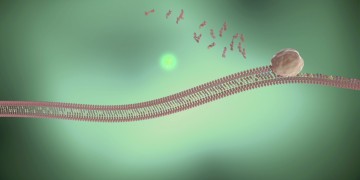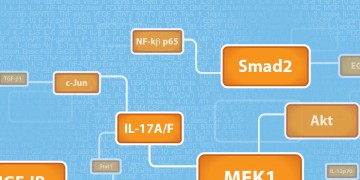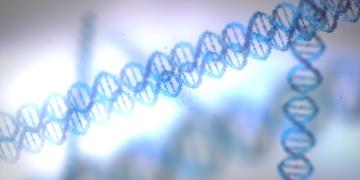
Droplet Digital PCR Opens New Perspectives in HIV Research

Image Lab™ 4.1, the Latest Software Version, Addresses the Challenges of Multiplex Analysis and Protein Normalization

Bio-Rad’s New 4x Laemmli Sample Buffer for SDS-PAGE

Video Tutorial for Analyzing Binding Interactions with Histidine-Tagged Proteins

Novel V3 Western Workflow™ Revolutionizes Protein Research

Focus on the Biology: Bio-Rad’s New Bio-Plex Data Pro™ Software Simplifies Multiplex Data Analysis

Multiplex Analysis of Inflammatory Markers Using Bio-Plex Pro™ Human Th17 Cytokine Assays

Novel HRM Assays Expedite Drug Resistance Surveillance for Leprosy Research

Campus Source Reduction Programs Bolster Environmental Savings: Sustainability Part Three


